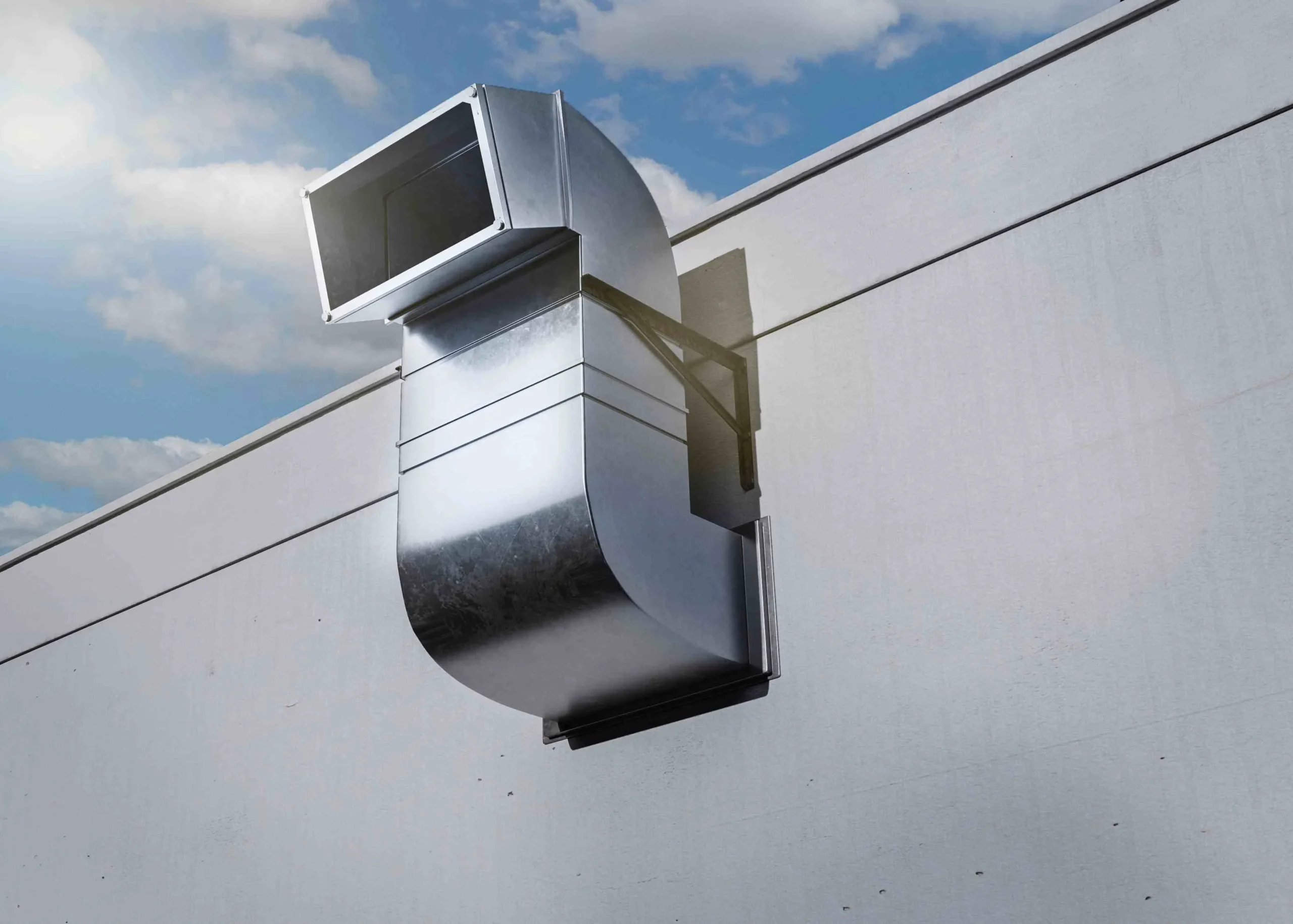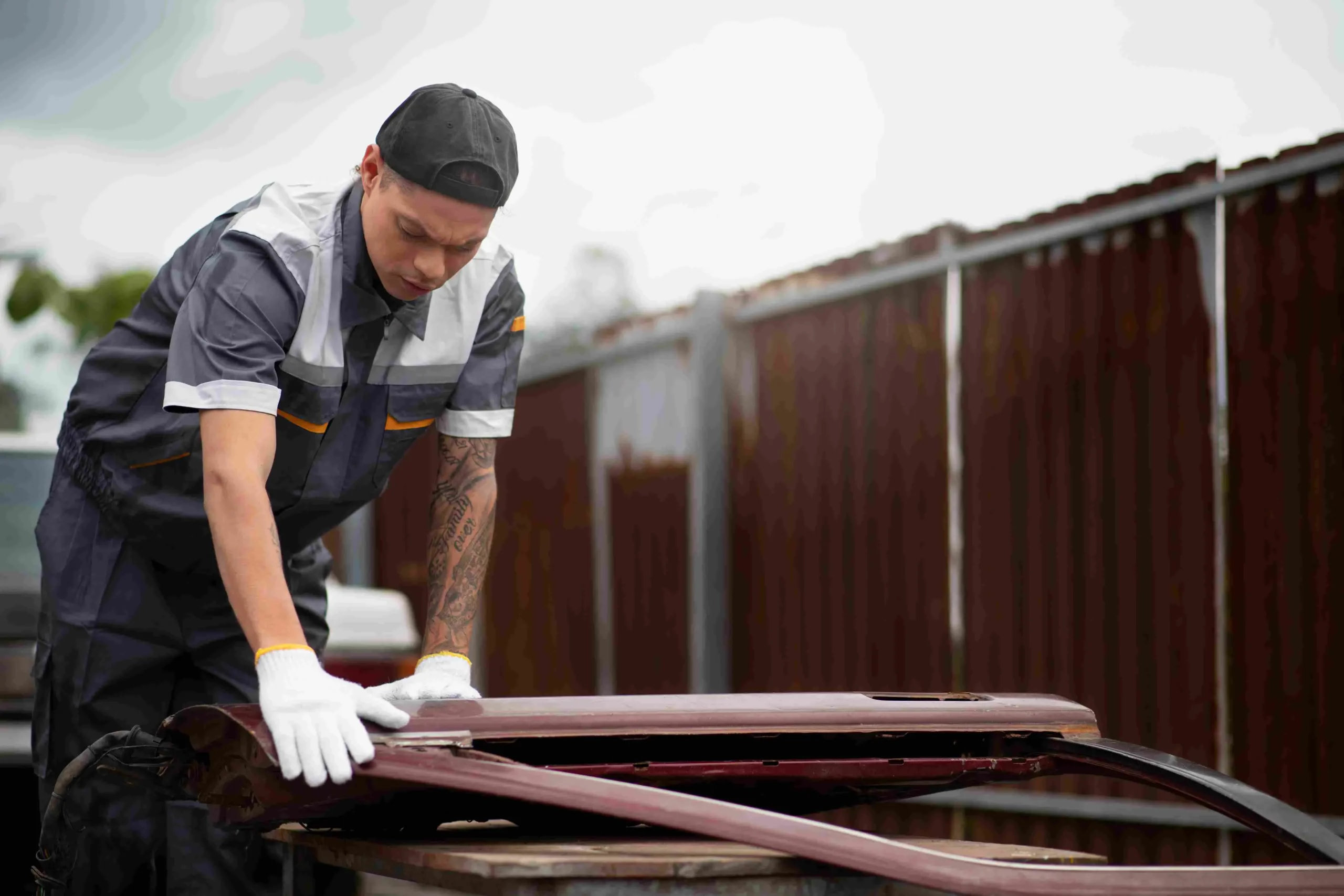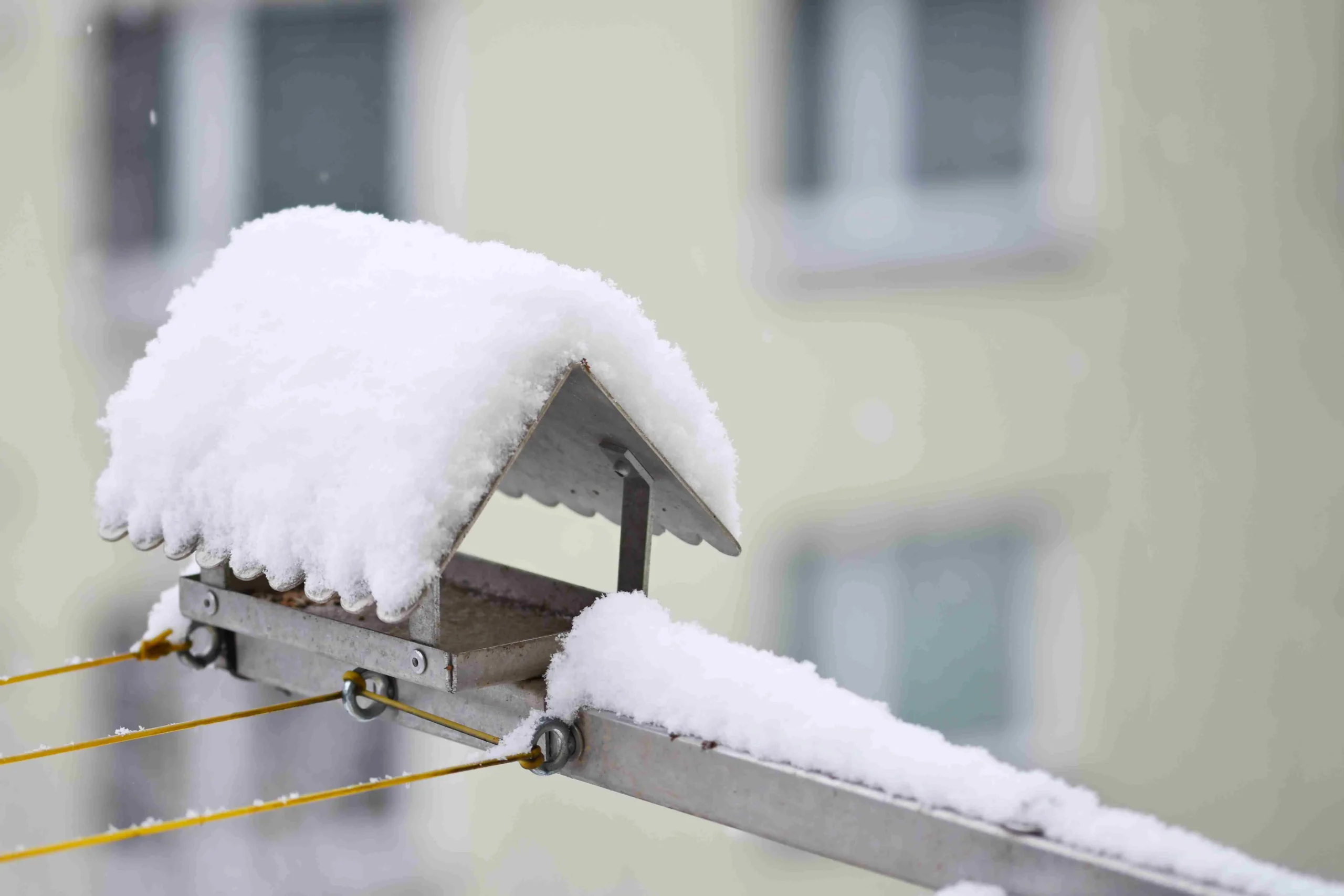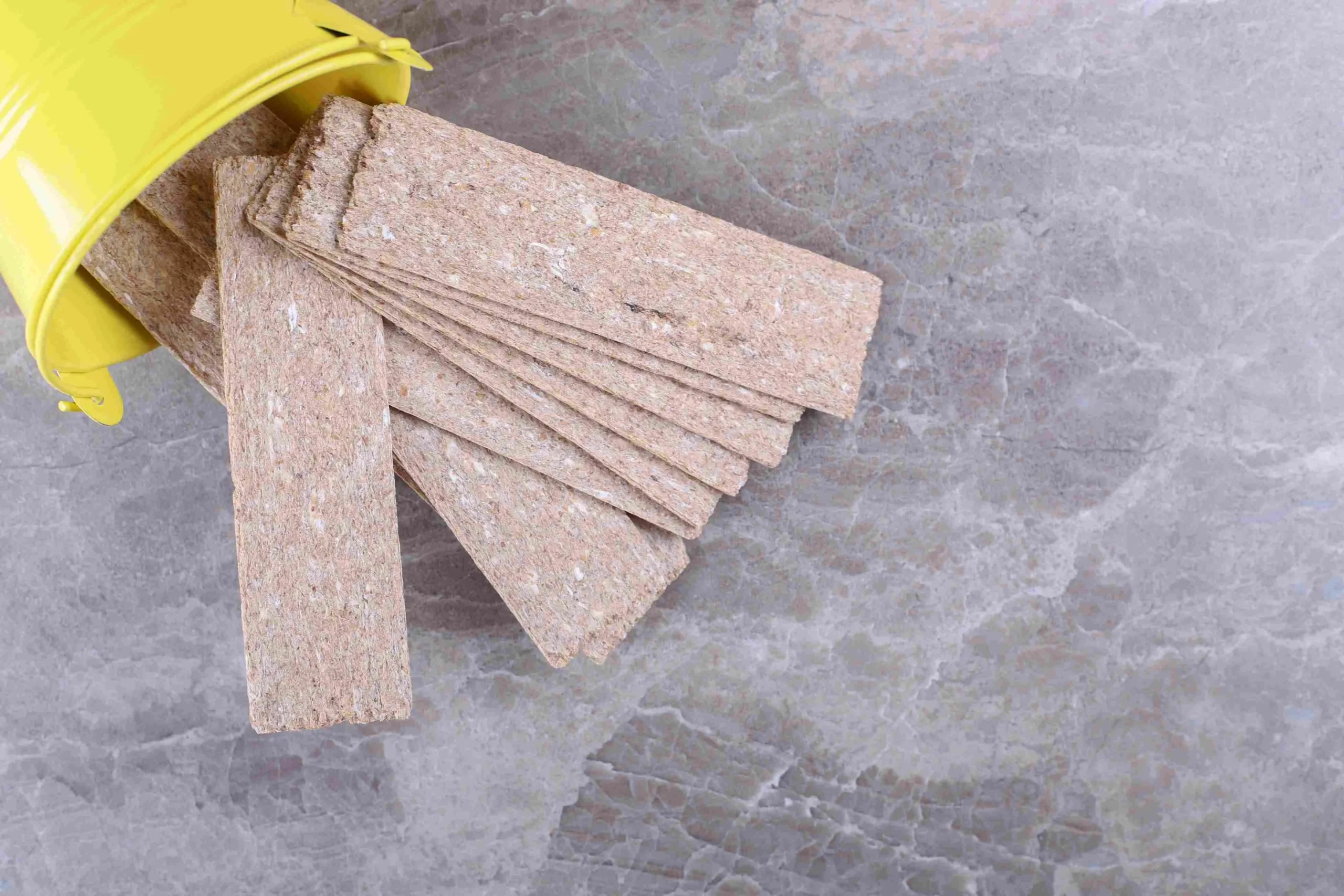Roofing during winter requires careful preparation and maintenance due to the unique challenges posed by cold temperatures, snow, ice, and harsh weather conditions.As the weather gets cold outside and snow starts to fall, many people believe that roofing activity will stop. Then again, winter conditions don’t exactly scream, “Let’s work on a construction project outside.” But is that the case? The simple answer is yes, roofing in winter is possible, but there are a few important warnings.
In this post, we’ll examine whether roof work can be performed safely and effectively when the temperature drops, the risk contractors will need to address, the types of roofs that are feasible, and how homeowners can ensure they achieve the best results on their winter roofs. Whether you’re dealing with an emergency leak or you’re simply looking to tackle a complete roof replacement, here’s how you can make the best decision about winter roofing projects.
Why Roofing in Winter Might Be Necessary
Ideally, you want all of your roofing work done during the spring, summer, or early fall months when weather is mild. But roofing demands are not always seasonal. A sudden storm, hail damage, or a roof that has needed replacement for too long may not wait until April. There is a lot of winter roofing that may be required:
- Urgent repairs after ice dams, leaks, or collapsed areas
- Damage due to storm from snow, wind, and fallen branches
- Delays from fall season backlogs
- Real estate sales that call for fast roof replacement
If your roof is already leaking, waiting until the spring may not be an option for you. A winter roof leak, at best, can cost you in ceiling repair, but at worst, it can lead to even larger issues, such as mold, insulation damage, and a cave-in on your ceiling.
Is It Safe to Install a Roof in Winter?
Yes, but with proper precautions. Roofing in the winter is not inherently dangerous, but it does require more planning and safety measures to ensure both crew safety and installation quality. Just like any other job that requires working at heights, roofing can be dangerous, especially when ice, snow, or slippery floors are involved. This is why the best roofers take various safety precautions. These include:
- The removal of snow and ice from the roof before work initiation
- With cold-weather safety attire and harnesses
- Monitoring weather forecasts closely
- Working abbreviated daylight hours as a result of many early sunsets
Seasoned contractors know how to adjust their methods and materials for the winter months. Homeowners should never attempt winter roof repairs or installations themselves, as winter is a hazardous time to be on the roof.
Challenges of Winter Roofing
Although it can be done, re-roofing in the winter is not without its difficulties. Cold weather presents several challenges that contractors must consider to achieve the desired result.
Temperature-Sensitive Materials
Most roofing products, particularly those made of asphalt shingles, are designed to be installed within specific temperature parameters. Under temperatures above 40°F (4°C), asphalt shingles should be installed ideally. Below this level, shingles can be stiff and tend to crack when being nailed down. Also, the adhesive strip on shingles (or other “seal down” types of roofing) may not seal properly with the cold temperatures—the heat typically activates the strip as part of the installation process. To counter this, roofers may:
- Hand-Sealing Method: When using the hand-sealing method, roofing cement should be used.
- Keep material in a heated area before use
- Install during the hottest time of the day
Ice and Snow Accumulation
Before any roof repairs or replacements can begin, the surface must be entirely free of snow and ice. They have to be resanded and smoothed out at the beginning of each day. Time and labor would be added to the job; thus, the installation will be delayed every day. Frozen surfaces can also pose a safety hazard, resulting in a slower work pace during the winter compared to other times of the year.
Limited Daylight Hours
The sun sets earlier in the winter, shortening the amount of usable daylight in a day. That’s because roofing crews may require more days to finish the same job as they would during summer months.
Sealant and Adhesive Performance
If you have certain types of roofing, such as EPDM (rubber roofing) and modified bitumen, it was likely applied using adhesives that don’t adhere well in cold temperatures. Not to mention that these products often need to be heated, and these heat-assisted methods, such as torch-down systems, require certified professionals and safety precautions.
Winter Rooftop Types That Can Be Installed
Not all roofing is created equal when it comes to cold weather. Below is a brief overview of how various materials will perform during winter installations.
Asphalt Shingles
Asphalt shingles are the most popular type of residential roofing and can be applied even in winter with a little extra attention. Because the sealant strip doesn’t heat up organically in the cold, however, roofers need to use roofing adhesive to seal each shingle manually. This is an additional workforce, but it does provide good bonds and more long-term durability.
Metal Roofing
Metal roofs can withstand severe weather and are ideal for cold-weather installations. Metal does not react to temperature as do asphalt shingles. Even though curtain wall panels are not exposed to adverse weather conditions during their erection, the site must continue to be cleared of snow and ice for safety reasons and to ensure the structure is properly anchored.
Flat Roofing Systems
Flat roof systems, such as EPDM, TPO, and modified bitumen, can be challenging to install when it’s cold outside, particularly if the system relies on adhesives. Installation may, in some instances, require heat welding as well as special solvent adhesives that perform more efficiently in cooler temperatures. During winter, torch-down systems can be found on many commercial or low-slope applications.
Tile and Slate Roofing
Tile and slate roofing are heavy and breakable, so they are seldom installed in winter, particularly in snow- and ice-prone areas. These materials are best used in the warmer times of the year when it is safe for a crew to handle and cut the dense pieces without slipping.
Winter Roofing: Pros and Cons
Pros and Cons of Scheduling Roofing Work in Winter
Pros:
- Quicker scheduling: Contractors typically have more openings in their schedules during the winter.
- Emergency repairs: They can address urgent issues promptly to prevent the damage from worsening.
- Potential off-season discounts: Some roofers lower prices during the slower winter months.
Cons:
- Weather and daylight hamper progress
- Higher hand-tucking and snow removal costs
- Higher safety risks for workers
Conclusion:
The short answer is yes, roofing can be installed in the winter months, but it’s not ideal for every home, every roofing material, or every roofer. When you have the right crew, the right products, and the proper practices, winter roofing can be a safe and effective solution to your problem, especially in the case of emergency roof repairs. It might also be a little more labor-intensive or take a little longer, as work tends to be done around the home during the depths of winter. However, it can help homeowners prevent issues like water damage, mold, and insulation concerns, all of which would worsen if put off until spring.
If you have a winter roof decision to make, be sure to speak with a contractor who knows how to install in cold weather. They’ll be able to evaluate your situation and discuss the best approach for you, along with a realistic appraisal of the risks and rewards.










